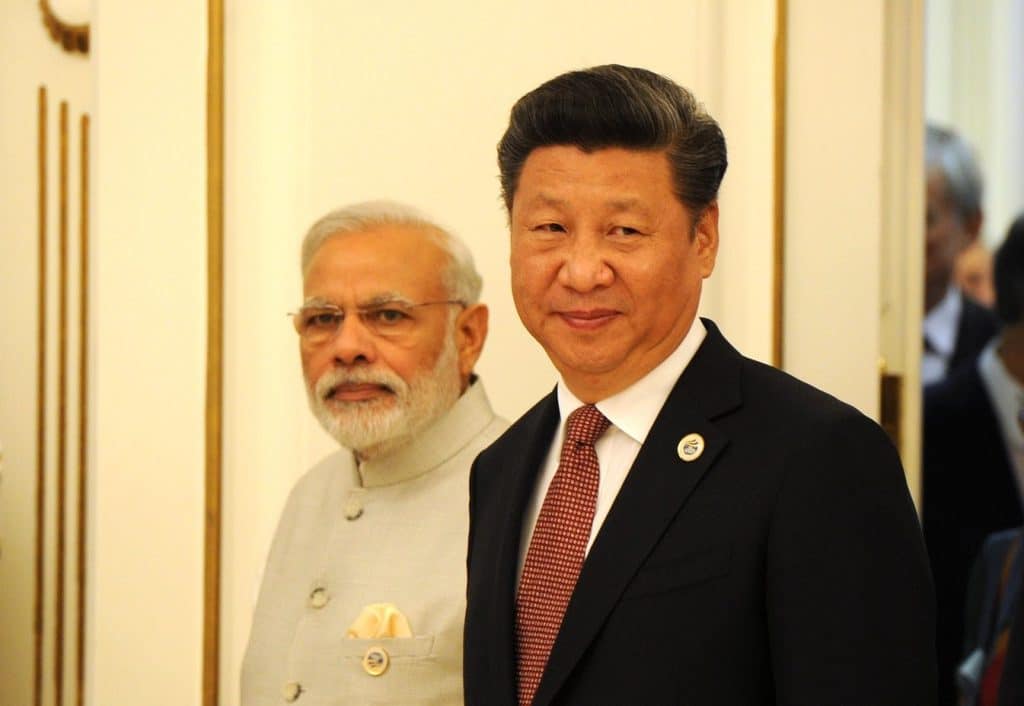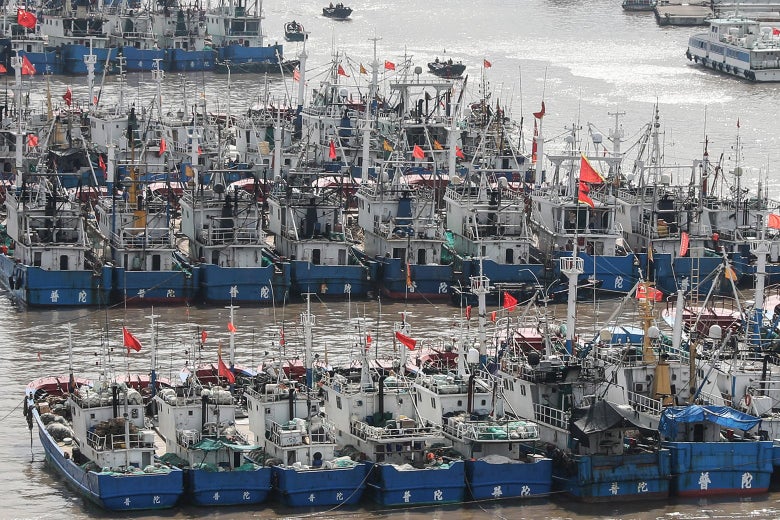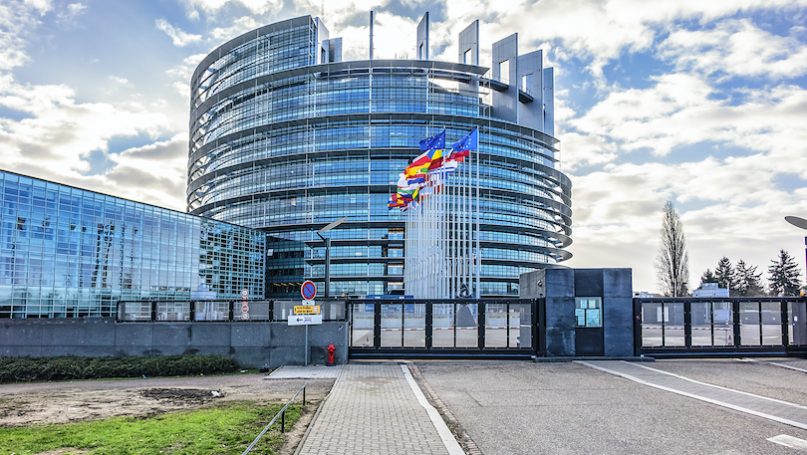 Hong Kong, September 7 (ANI): Predictably, China has reacted angrily to successful Indian military action along the Line of Actual Control (LAC), with the People's Liberation Army (PLA) caught napping when Indian troops moved to occupy hilltop features near Lake Spanguur on the night of August 29-30. This anger allegedly ascends all the way to the top of China's military hierarchy, Chairman Xi Jinping.
Hong Kong, September 7 (ANI): Predictably, China has reacted angrily to successful Indian military action along the Line of Actual Control (LAC), with the People's Liberation Army (PLA) caught napping when Indian troops moved to occupy hilltop features near Lake Spanguur on the night of August 29-30. This anger allegedly ascends all the way to the top of China's military hierarchy, Chairman Xi Jinping.
China has for a long time relied on India behaving reactively rather than preemptively, as it manufactured seizures of territory along the troublesome un-demarcated border. This time the PLA has been on the receiving end, and Chinese Communist Party (CCP) leadership is not happy.
Some media alleged that the CCP leadership was "enraged" that a PLA commander withdrew forces to avoid physical conflict at Spanguur, though evidence to substantiate this is yet to emerge. This latest embarrassment came on top of the bloody fracas in the Galwan Valley on 15 June, which occurred on none other than the auspicious occasion of Xi's 67th birthday. Losing casualties, with Chinese numbers still a state secret, represented a severe loss of face to Xi on his birthday.
Dissatisfied with their level of CCP and personal loyalty, it is also rumoured Xi is on the brink of a "brutal purge" of the PLA and regular law enforcement agencies. China's authoritarian leader has always sought to consolidate military power, something his immediate predecessors could not achieve, and he is becoming even more paranoid about political loyalty and social unrest within China.













